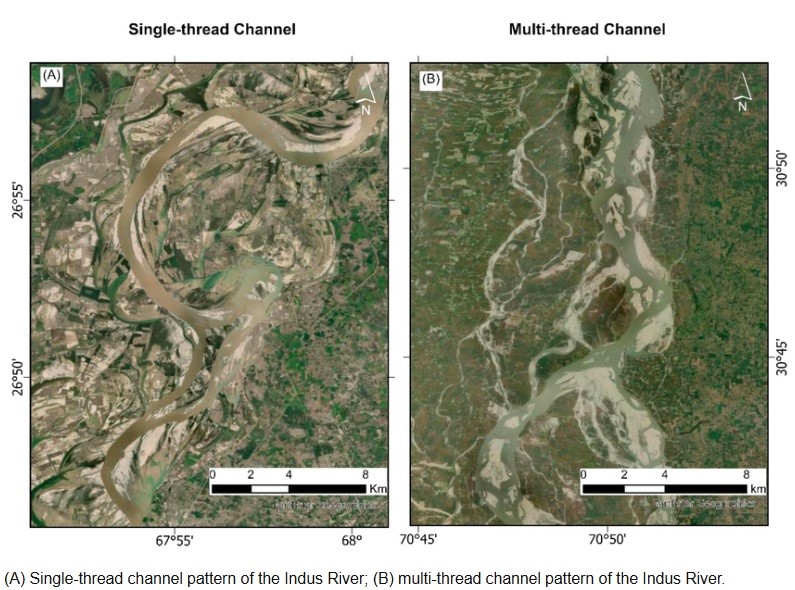7667766266
enquiry@shankarias.in
Mains: GS I – Salient features of World’s Physical Geography
Recently, the geographers at the University of California Santa Barbara (UCSB) have reported in a paper published in Science that they have solved the mystery of river splits.

Erosion is the geological process where Earth's surface materials, like soil and rock, are worn away and transported by natural forces such as water, wind, and ice
Human interference in river formation includes damming, diking, sediment mining, clearing and snagging, and agricultural development.
Sinuosity is the ability to curve or bend easily and flexibly.
The Hindu| Mechanism of River Flow and Split